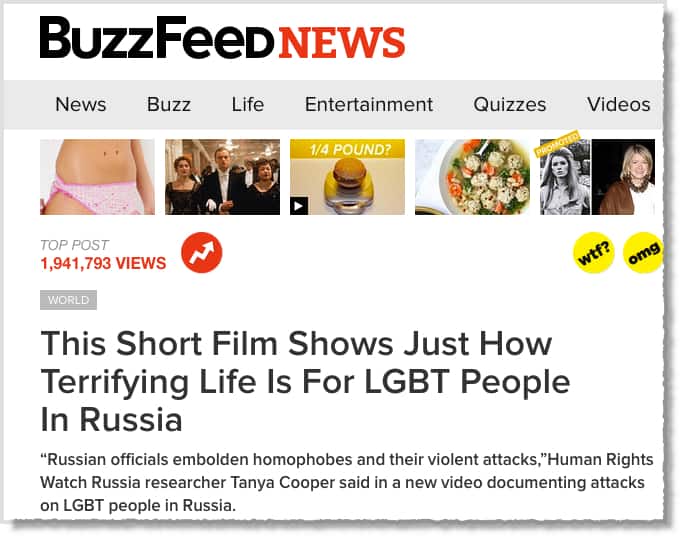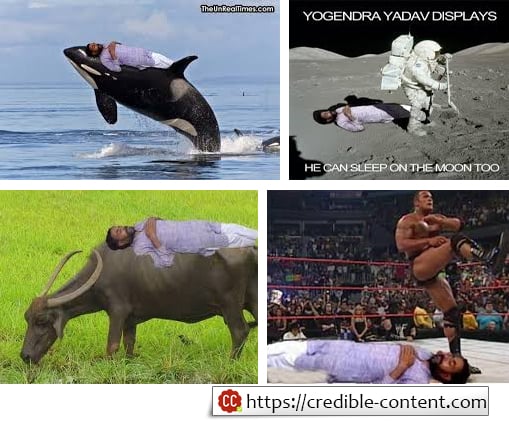As explained in this Buzz Feed News update about a content creator from Canada called Kevin Parry whose video generated millions of views on multiple platforms (15 million on Instagram, 28 million on TikTok and 30 million somewhere else).
Here is a tweet from him saying that he didn’t make a single penny directly from the video:
For those curious about the internet economy – this vid got 15M views here, 28M on TikTok, 30M on an IG meme account.
But I didn’t make a penny from any of it!
Luckily I can back it up with production skills when brands come knocking. But lots of views basically means nothing. https://t.co/YavFKUqI9V
— Kevin Parry (@kevinbparry) July 19, 2021
Intriguing, although, I’m not surprised. It depends on which platform you publish your content.
As he explains in the Buzz Feed interview, there is no TikTok video-monetization scheme for Canada, otherwise, he may have made some money because when TikTok hadn’t been banned in India, I came across lots of people making some good money when their videos went viral.
When you are creating videos, it’s YouTube where you can make money when your videos go viral because the video hosting service embeds advertisements within the videos, and it has some model of sharing revenue with the creators.
Even there, it depends on what sort of video content you are uploading. If the sponsors don’t find your content suitable for their brands, they won’t advertise. Hence, even if lots of people watch your videos, you may not make any money.
I don’t think platforms like Instagram and Twitter have some revenue sharing program for content creators. Hence, no matter how many million views you can generate from these platforms, you cannot make money directly.
But then how do you make money?
Kevin says that he got lots of work because of the video. Many big companies looking for talented videographers like him approached him, so, it was in that sense that he must have made lots of money.
It also happens with my business blog. I publish blog posts as regularly as I can manage. This improves my search engine rankings for my important keywords. This gets me traffic. The traffic draws clients who would hire me as a content writer. I get money from my blog.


